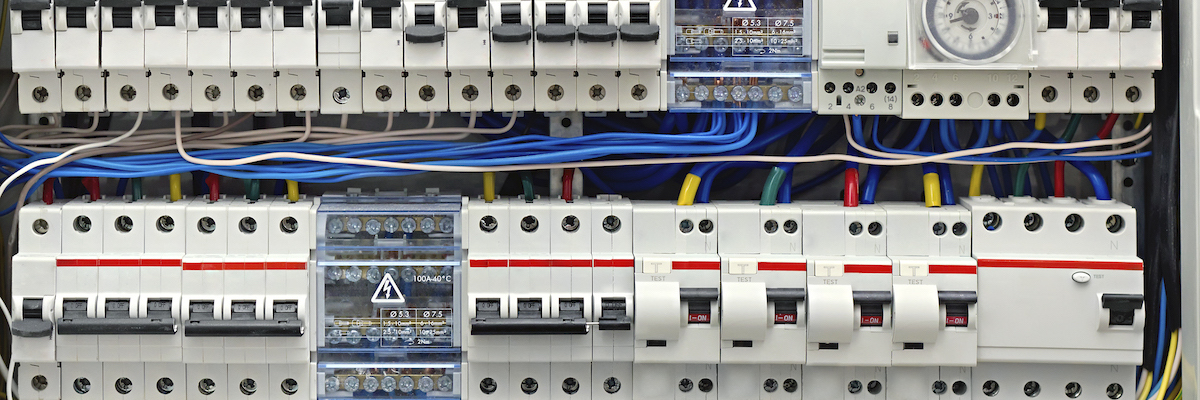How to Test a Fuse

In order to ensure your electricity and electrical components are working properly in your car or at home, it’s important to know how to test a fuse. When you regularly test your fuse, you can gauge whether they are working properly and whether you need to make some adjustments. There are also some clear indicators of a blown fuse so you can easily replace it. Learn how to test a fuse and so much more with the help of the electrical experts here at Gateway Cable Company.
How to Tell If a Fuse is Blown
One of the first things you’ll want to familiarize yourself with is how to tell if a fuse is blown. You can first do this by simply turning the electrical switch on and off to see if power is being generated, however, there are other ways you can spot a blown fuse. So, what does a blown fuse look like? For starters, you may notice some discoloration in the fuse itself indicating it has been overcharged. Another visual sign is if you closely inspect the fuse itself and notice a break in the connection, which is caused by exceeding the voltage limit.
How to Test a Fuse With a Multimeter
So, you’ve noticed a problem with your fuse and you need to take a look. For this job, you’ll want to make sure you have a multimeter to measure your fuse voltage, current, as well as its resistance. Once you have it in hand, follow these simple steps on how to test a fuse with a multimeter:
Turn on your multimeter and select the resistance function.
- Place the fuse on a non-conducting surface and connect multimeter test probes to either end of the fuse.
- Once you’ve connected the fuse to the multimeter, it will display two different readings depending on the condition of your fuse.
- If your display shows stray voltage values or ohms symbols then your fuse is in good condition.
- If your display shows the value of 1, this indicates a 100% resistance state which means the fuse is blown.
How to Replace a Broken Fuse
If you test a fuse and determine that it’s broken, you’re going to need to replace it. But how do you replace broken fuses? Actually, the process may be a lot easier than you think! Here are some broken fuse replacement steps you can follow to simplify the process of replacing a home fuse:
- Identify where the outage has occurred. Generally, this involves turning lights on and off in each room to see which fuse is blown, or which circuit has shorted.
- Turn off the power to the main fuse box.
- Find the main fuse box.
- Find the fuse that’s not working.
- To replace a broken fuse, simply take out the old fuse pop the new one in! You may wish to wear thin latex or neoprene gloves to avoid getting your hand oils on the fuse.
- Turn on the main power supply and then test to see if the new fuse is working as it should.
- Congratulations, you’ve managed to learn how to replace a broken fuse with just six easy steps!
Find More Helpful Electrical Tips At Gateway Cable Company
Now that you’ve learned how to test a fuse as well as how to tell if a fuse is blown, Gateway Cable is here to answer any of your electrical questions and even offers additional features to help you tackle your tasks with ease. You can learn more about how fuses work, how to test cables with a multimeter, how to use a terminal block, how to ground yourself electrically, or how to calculate capacitance. We also have a vast inventory of cables and fuses to provide you with the proper tools you need to take on the job. Feel free to contact us today if you have any questions, and you can even request a quote online for any of our products!
